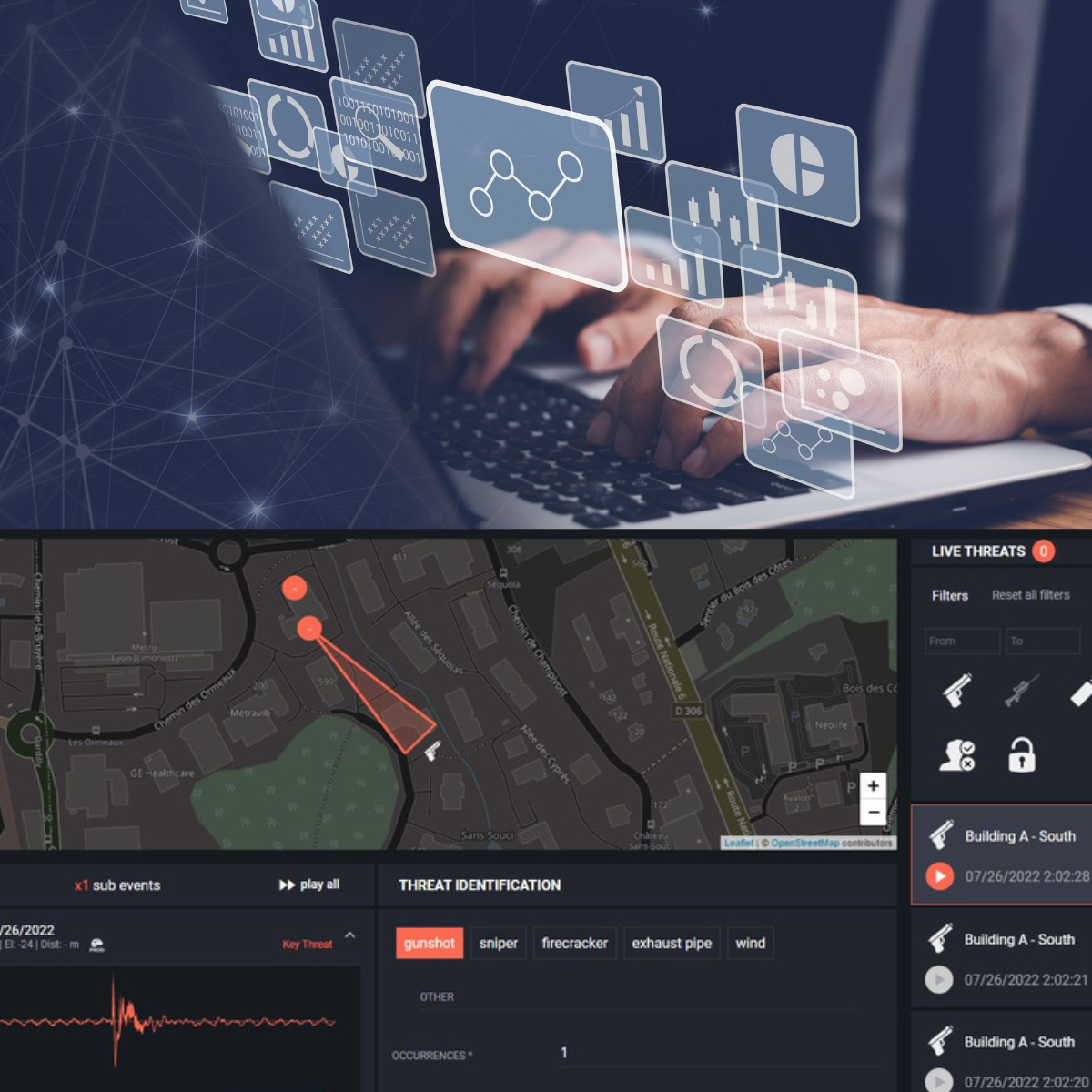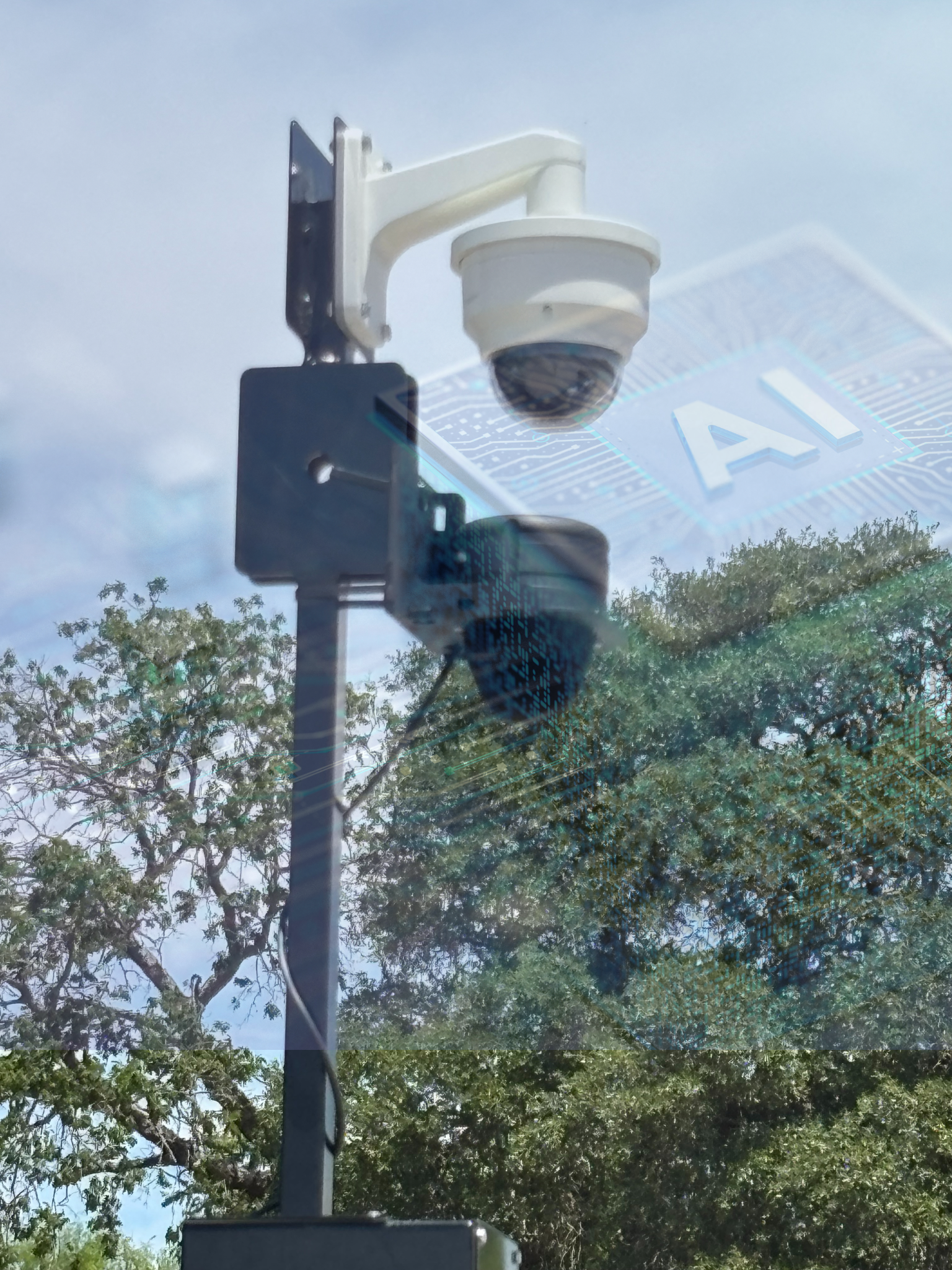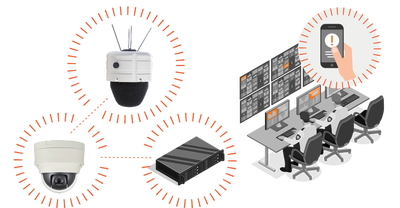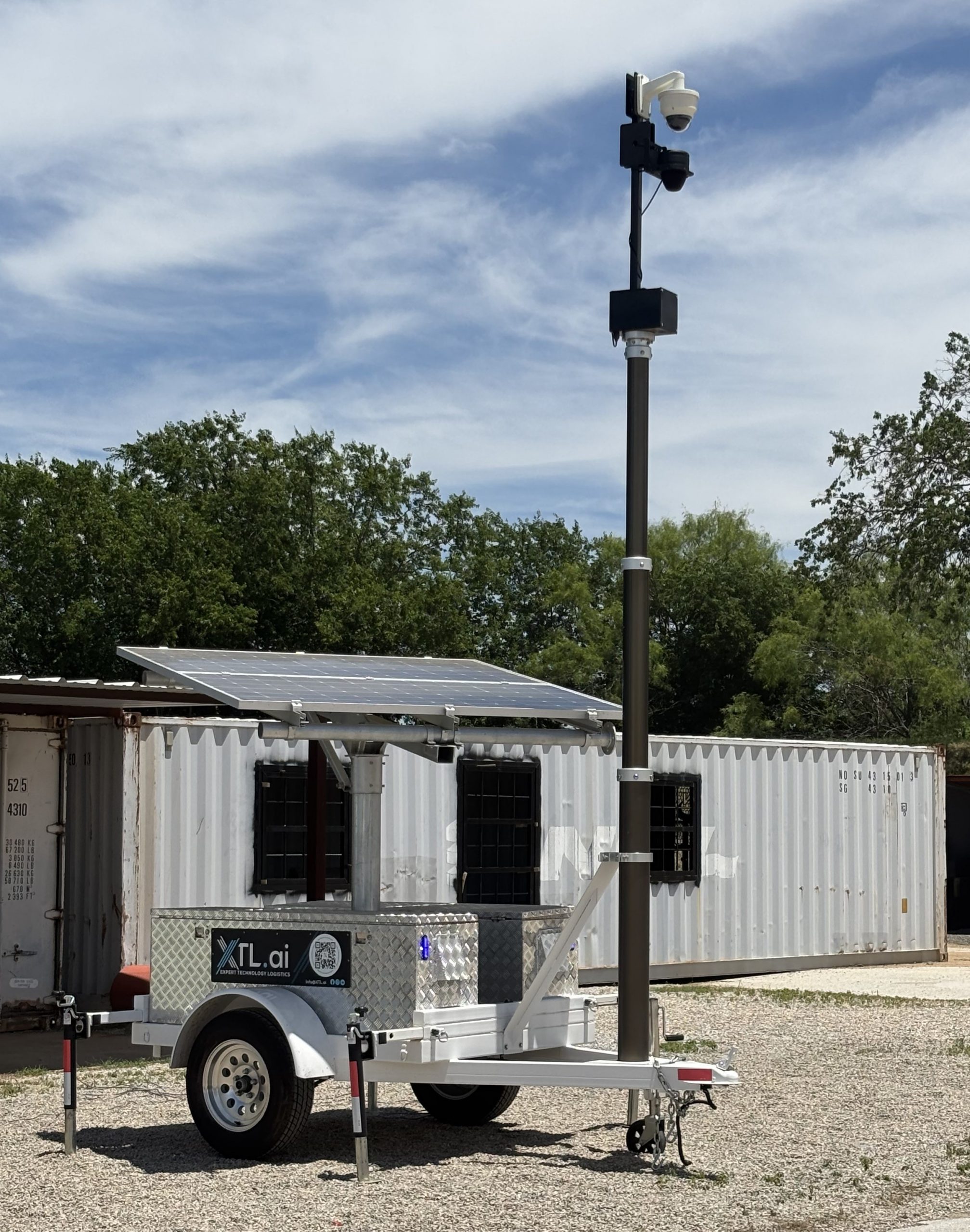Originally publshed in Security.World May 12, 2025 The ability to detect and respond to a gunshot within seconds, ideally before panic spreads or the threat escalates, is no longer a luxury. It’s a baseline expectation for physical security. And yet, many gunshot detection systems still operate as if we’re in 2005. They rely on slow, server-heavy architecture, demand complex triangulation setups, and too often leave security teams with vague alerts or, worse, false positives that shake confidence in the system.
The intelligence of modern gunshot detection systems
That’s not good enough anymore. Modern gunshot detection and notification systems can’t have latency, so they don’t belong in a server rack or a cloud. The intelligence for such systems belongs at the edge—inside the sensor itself.
We’ve entered an era where acoustic sensors can independently detect and geolocate gunshots in under three seconds, with no external processing, no reliance on multi-sensor triangulation, and no wait. That might sound like science fiction, but it’s already happening, and it’s reshaping how serious security professionals think about gunshot detection.

The traditional model, placing three or more sensors around a perimeter and pushing audio data to servers or the cloud for analysis, has shown its limitations and deployment inflexibility. The first problem is latency. Even if it’s just a few extra seconds, in a real-world threat scenario, those seconds can cost lives. Then there’s the deployment burden: installing and maintaining multiple sensors for each area of coverage increases both cost and complexity. Add in the possibility of false alarms triggered by fireworks, construction, or other environmental sounds, and you start to see why the model is overdue for retirement.

Now, compare that to a system where a single sensor, embedded with edge-AI, can detect not just the muzzle blast of a gunshot, but also the ballistic wave of the projectile in motion. That dual-signature analysis allows for exceptional accuracy, without waiting for corroboration from neighboring devices.
The result?
One sensor. One shot. One location. Immediately.

But the real magic happens after detection. Thanks to the adoption of open standards such as ONVIF Profile S, this new generation of sensors can take direct control of PTZ cameras. The moment a gunshot is detected, the sensor can automatically slew the camera to the precise coordinates of the sound. In under three seconds, operators are not just getting an alert; they’re watching the threat unfold in real time. There’s no guessing, no hunting through feeds. Just instant situational awareness with eyes on the exact point of origin.
That kind of precision is what security professionals have been waiting for. It turns a passive alert into an actionable event. It gives first responders the ability to see what they’re walking into. And it gives command centers confidence in the intelligence they’re receiving, which, in an emergency, is everything.
Adapting to changing environments
There’s also an important shift happening in how these sensors adapt to their environments. One of the biggest challenges with acoustic detection has always been ambient noise. Urban environments, for instance, are full of loud, impulsive sounds that can easily be mistaken for gunfire. But with edge-based AI, these sensors can actually learn what’s normal for their specific location. If a particular venue routinely hosts fireworks or has recurring construction noise, the system can be trained to ignore those sounds without compromising its ability to detect a true threat. This site-specific learning reduces false positives dramatically and makes the system smarter over time.

Even more compelling is how flexible these systems have become.

The ability to deploy them on portable trailers for short-term use—think concerts, sports events, festivals, political gatherings—means security teams can bring high-precision detection to places where fixed infrastructure doesn’t exist or isn’t practical. And because everything is processed at the edge, these mobile deployments don’t need to rely on a server or network uplink to deliver results. The sensor is the core of the system.
What all of this adds up to is a complete rethinking of how gunshot detection should work. We’re moving from a model that’s reactive, slow, and infrastructure-heavy, to one that’s proactive, immediate, and incredibly efficient. A single sensor that can protect a wide radius, versus a mandatory fleet of sensors mounted around a perimeter. An intelligent device that can detect, locate, and visually confirm a threat, all without outside dependencies. That’s a leap forward, not an incremental step.
Playing well with others
And let’s not forget one of the biggest advantages: integration. Because these modern systems are built on open protocols, they’re not locked into proprietary ecosystems. They work with existing VMS platforms and PTZ cameras. This interoperability removes friction and accelerates deployment, which matters when you’re responsible for securing a venue or city block on a tight deadline.
The bottom line is this: doing gunshot detection right in 2025 means leaving behind old assumptions. It means recognizing that edge processing is no longer just a technical buzzword—it’s a security imperative. It means demanding more from the technology: faster alerts, smarter filtering, real-time visuals, seamless integration, and scalable deployment.

Security leaders owe it to the communities and people they protect to choose intelligent and practical solutions. Solutions now exist to provide high-accuracy real-time gunshot detection without delays or unnecessary infrastructure. The only question left is whether the industry is ready to let go of legacy models and embrace a better way forward.






